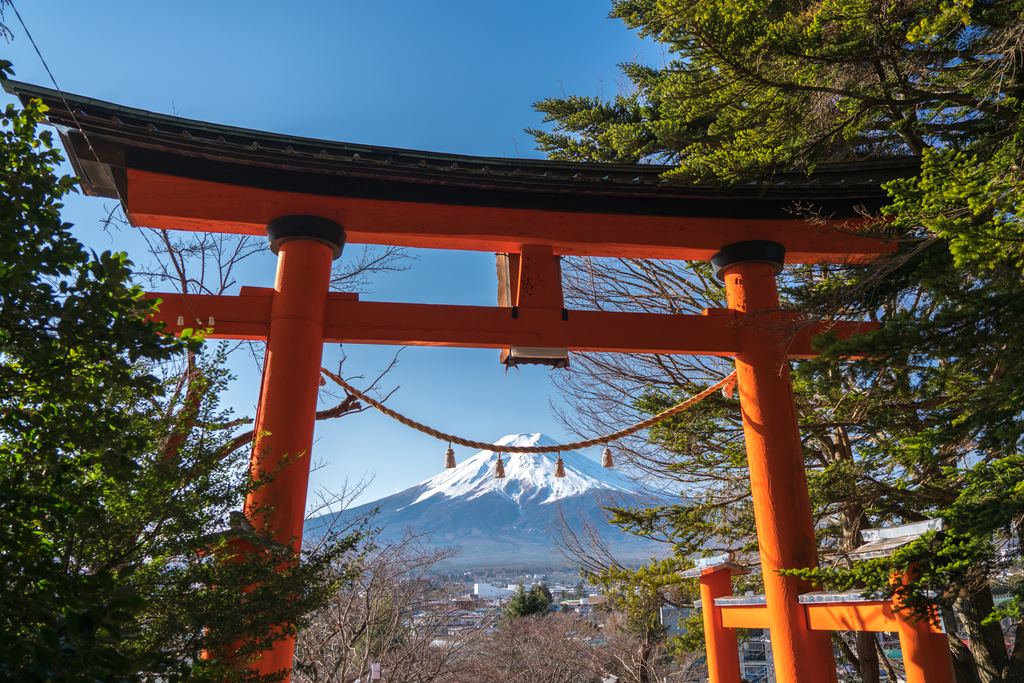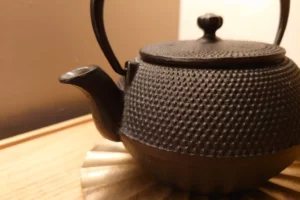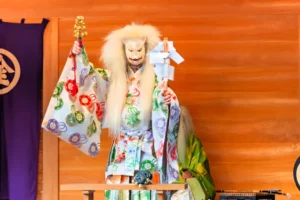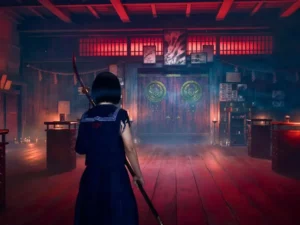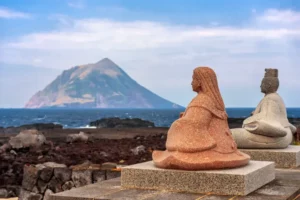Table of Contents
ToggleNew Year’s in Japan is a highly auspicious occasion. With centuries-old traditions blending in with newer ones, there is no end of activities for one to partake in. One of the key and most spiritually important events is Hatsumode, the first Shinto shrine visit of the year.
The team behind Japanese authentic snack box Sakuraco will, of course, be enjoying a quiet New Year’s Eve at home followed by visiting a Japanese shrine. But how did this tradition get its start, and what does a traditional Japanese New Year’s look like? Let’s have a deeper look into this highly important and significant Japanese cultural event.
The Beginnings of Hatsumode
While the exact origins of why Japanese people have historically started the New Year at a Shinto shrine is unclear, one of the most commonly accepted origins begins in the Heian-era (794 C.E. – 1185 C.E.) with the tradition of toshigomori (年籠り). The head of a household would lock himself inside of a family shrine or in a hometown shrine dedicated to a specific guardian.
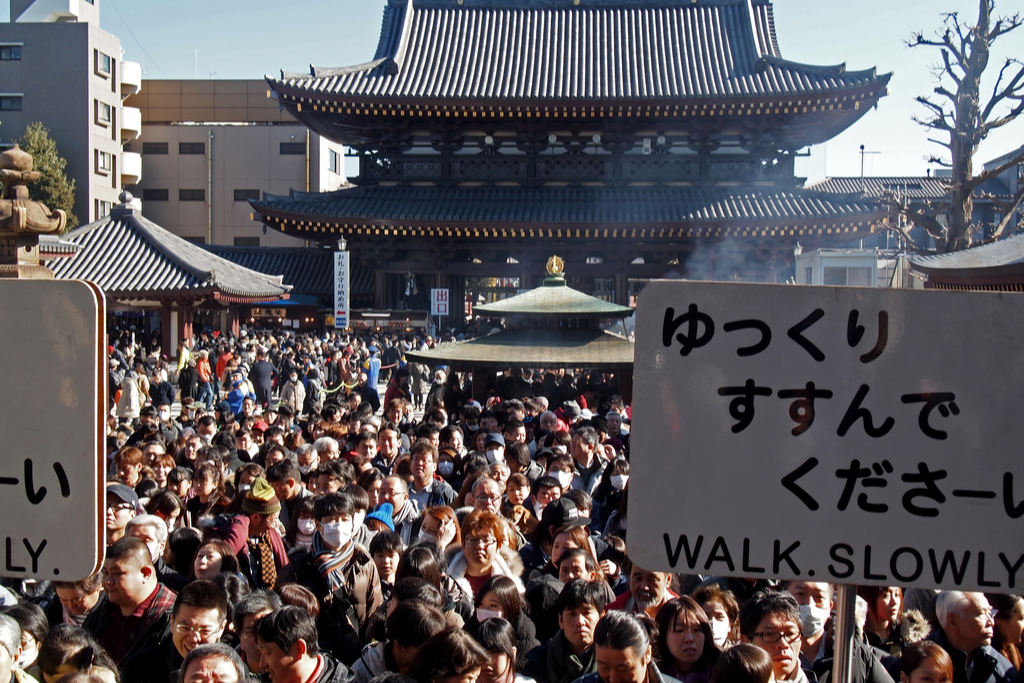
The prayers start on the evening of the previous year and finish on the morning of the new year, welcoming the dawn with a sense of serenity.
As train travel began to flourish in the late 19th century, visiting a faraway shrine for the sake of its unique architectural style for instance, reasoning which previously would have been unheard of, was quickly the fashion. Shrines and temples suddenly saw an influx of visitors, and the tradition of Hatsumode was now firmly part of the Japanese New Year’s ritual.
The Modern New Year’s Routine
Before a visit to the shrine is even on the cards, Japanese households go through many different traditions. First on the agenda is an event called osouji (大掃除), which consists of cleaning the house from top to bottom. While many western homes may partake in spring cleaning, Japanese homes do it before the end of the year, as a way of purifying the home and welcoming in the new year.
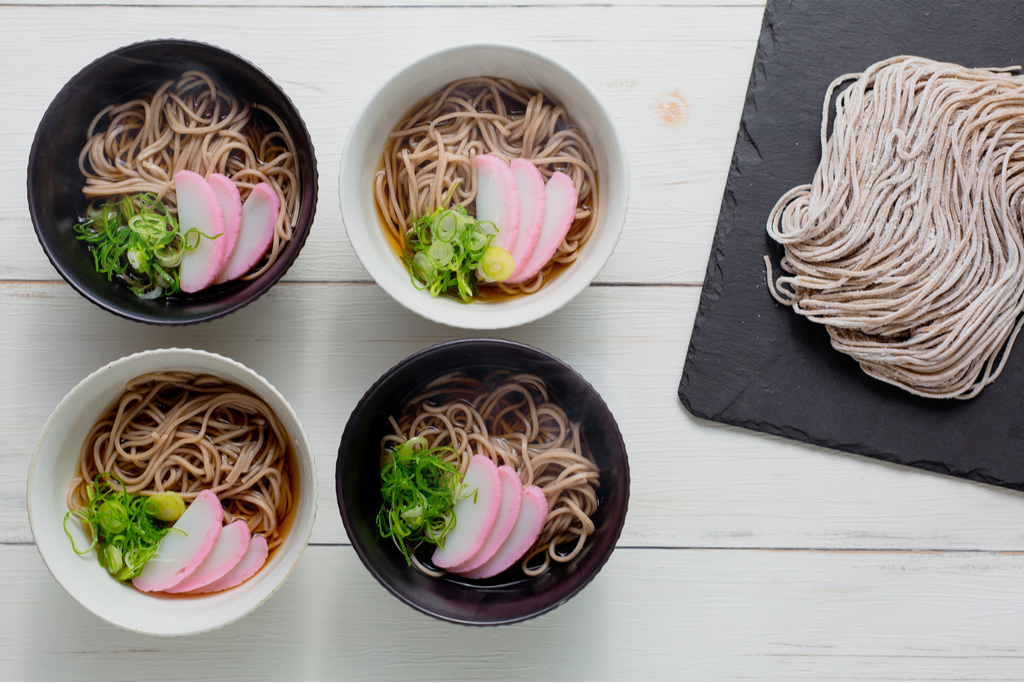
Once all the dust of the previous year has been wiped away, next comes cooking. One of the most popular dishes eaten on New Year’s has always been toshikoshi soba. The soba dish consists of buckwheat noodles in a light broth, topped with green onion, tempura prawns and other delicious toppings. Since the Edo period (1603-1867), eating soba at the end of the year was thought to promote health, wealth and a peaceful life.
Discover Japan’s rich culture via its regional culinary traditions: Sakuraco sends traditional sweets & snacks from across Japan to your door.
Another popular and important cultural dish has been osechi–ryōri, tiered bento boxes only eaten at the start of new year. They are filled with delicious and traditionally Japanese osechi dishes, featuring centuries loved ingredients such as kamaboko fish cakes, burdock root and sea bream. The dishes date back to a time where cooking during the New Year’s celebrations was considered taboo, so homemakers would prepare large and elaborate bentos beforehand that would last throughout the period.
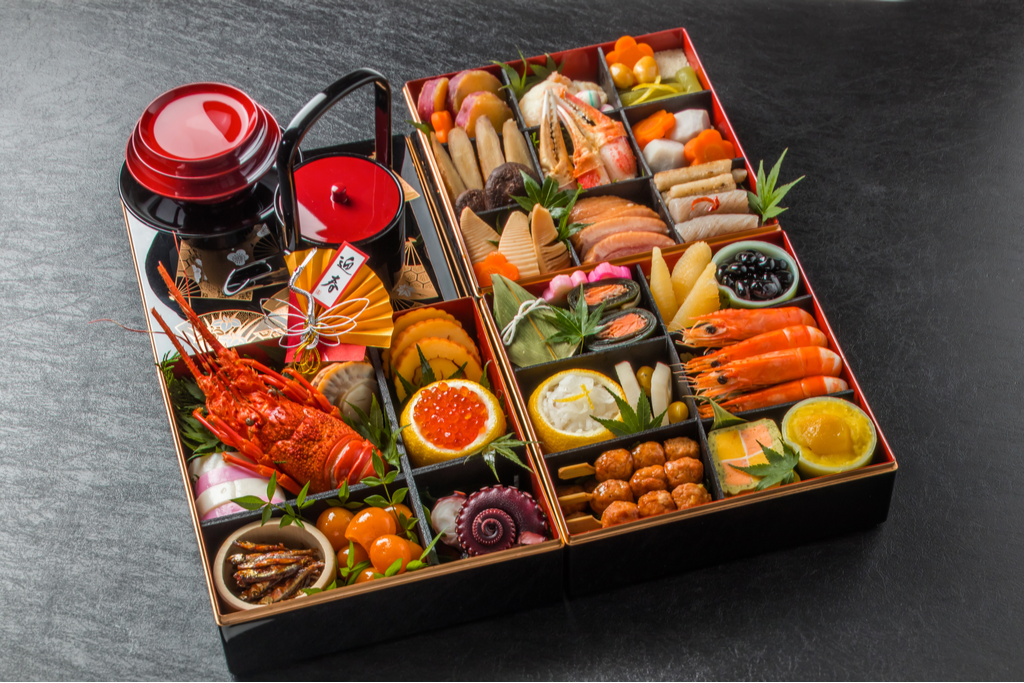
Finally, mochi rice cakes are prepared during this period. Mochi has long been considered auspicious, as the chewy texture has been linked with the longevity of life, making it especially important during this time of year.
Experiencing the Shrine at New Year’s
Once the feasting has been finished, many people in Japan decide to conduct Hatsumode – their first shrine visit of the year. Many women opt to wear elaborate winter kimono, trimmed with fur to help the wearer stay warm.
Staying warm during this time can be especially critical when arriving at your favorite shrine. The most popular shrines, such as Meiji Shrine in Tokyo, can have hour-long waits. As the temperature can drop below 0 degrees Celsius, especially the further north you visit, it’s important to take adequate precautions.
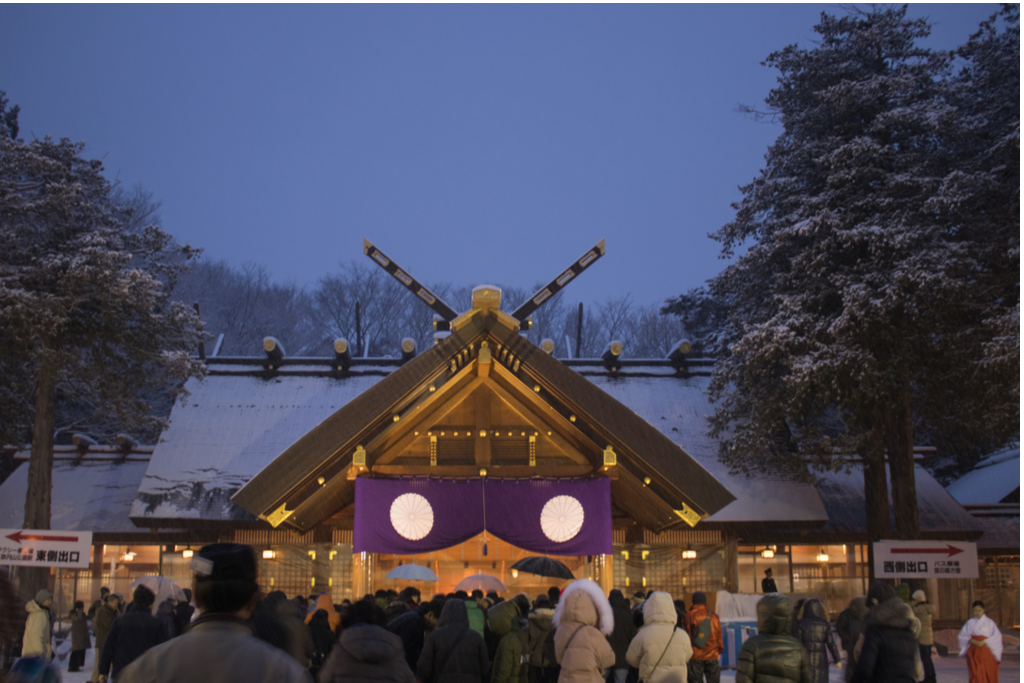
The date and time people choose to visit is often a big factor in how one chooses to dress too. Some choose to go immediately at midnight or before the first sunrise. Others choose to visit within the first three days of the year, with groups of company employees choosing to visit within the next few days after that. Perhaps the busiest time is during the first day of the year, so expect long lines and extended waits.
Lines slowly pass through torii gates and on towards the main shrine. There, people ring the bell and make a wish for the coming months at the large and ornately decorated sacred space. Another popular activity is writing upon an ema, a small wooden tablet on which people write their wish or goal for the coming year and tie it on a string in a specific location on the shrine grounds.
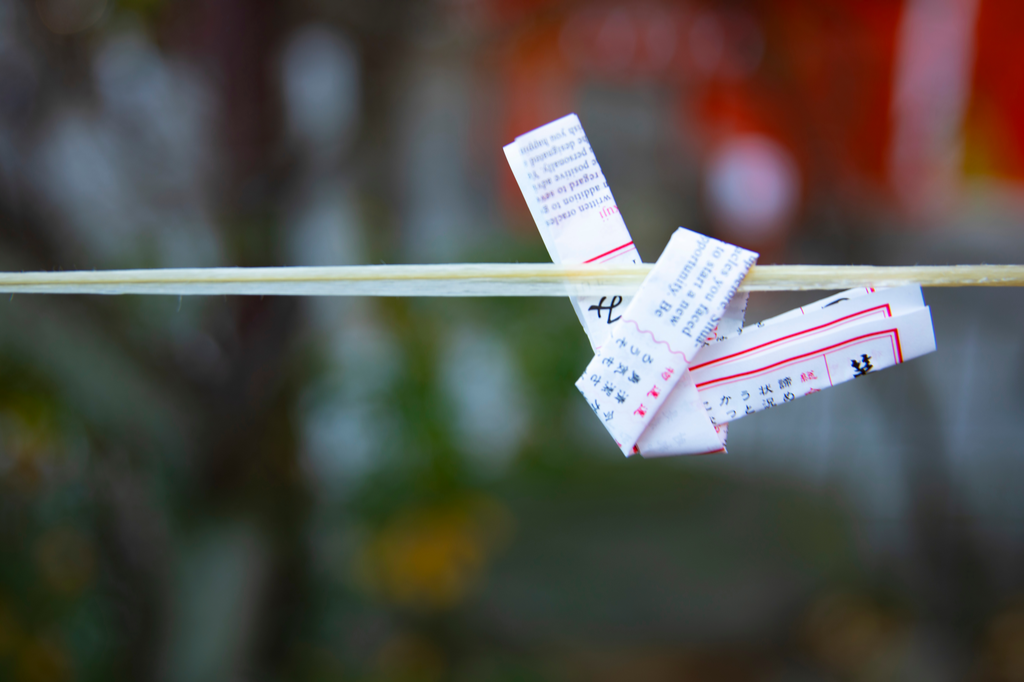
Finally, many people choose to pull an omikuji, or a Japanese fortune that you can purchase at Shinto shrines throughout the year, although it has particular relevance at the start of the year. Regardless of whether you receive a good or bad fortune – do not fret as you have a whole year to turn your fortune around.
Explore the Flavors of Japanese New Year for Yourself
You too can experience the taste of a Japanese New Year’s, featuring flavors from one of the country’s foremost centers of culture, Kanagawa – in partnership with the Kanagawa Prefectural Government. Discover the amazing and authentic flavors of Japan this month with Sakuraco.

